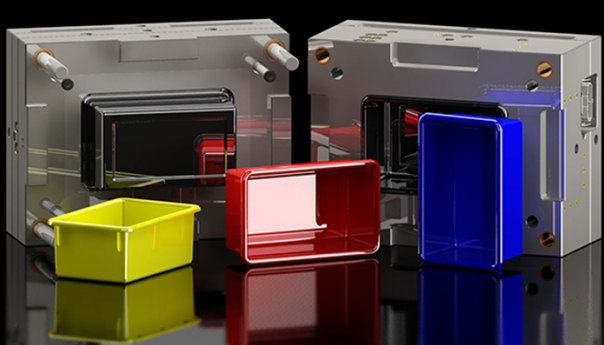Creating the Perfect Plastic Chair Mold: A Guide to Design and Production
Introduction
Plastic chairs have become a staple in households, offices, and public spaces due to their durability, affordability, and versatility. Behind every plastic chair lies a well-designed mold that ensures consistency and quality in production. This guide aims to provide an overview of the process involved in creating the perfect plastic chair mold.
Designing the Mold
The first step in creating a plastic chair mold is designing it. This requires careful consideration of various factors, including the chair’s shape, dimensions, and functionality. The mold designer must collaborate with the chair designer to ensure that the mold accurately captures the chair’s design intent.
To start the design process, the mold designer typically uses computer-aided design (CAD) software. This allows for precise modeling and visualization of the mold’s components. The mold designer must also consider the material to be used, as different plastics have different shrinkage rates and flow characteristics. These factors will influence the mold’s design, including the size and shape of the cavities and the location of the injection gates.
Choosing the Right Mold Material
The choice of mold material is crucial in determining the mold’s durability and lifespan. Common materials used for plastic chair molds include steel and aluminum. Steel molds are more expensive but offer excellent durability and long-term performance. Aluminum molds, on the other hand, are less expensive but may not withstand high-volume production as well as steel molds. The choice depends on factors such as budget, expected production volume, and desired mold lifespan.
Manufacturing the Mold
Once the design is finalized and the mold material is chosen, the mold can be manufactured. The manufacturing process typically involves several steps, including milling, drilling, and grinding. Computer numerical control (CNC) machines are commonly used to ensure precise and consistent results. The mold components are carefully machined to meet the design specifications and tolerances.
After the individual components are manufactured, they are assembled to create the complete mold. This requires skilled craftsmanship to ensure proper alignment and functionality. The mold is then polished to enhance the ejection of the molded chair and to avoid imperfections on the final product.

Testing and Adjustments
Before the mold can be put into full-scale production, it must undergo testing to ensure its functionality and performance. This includes conducting trial runs with the chosen plastic material to identify any potential issues, such as uneven filling or warping. The mold may need adjustments, such as modifying the gate design or adjusting cooling channels, to achieve optimal results.
Once the mold passes the testing phase, it is ready for production. However, periodic maintenance and inspections are necessary to ensure its longevity and performance. Regular cleaning, lubrication, and replacement of worn-out components are essential to prevent production delays and maintain consistent quality.
Conclusion
Creating the perfect plastic chair mold requires meticulous design, careful material selection, and precise manufacturing. The mold must be able to capture the chair’s design intent, withstand high-volume production, and consistently produce high-quality chairs. By following this guide, manufacturers can ensure that their plastic chair molds meet the required standards and contribute to the production of durable and aesthetically pleasing chairs.
Precedente:Creating Quality Plastic Fruit Crate Moulds for Efficient Storage and Transportation
Prossimo: Producing Oversized Molding Parts: Enhancing Efficiency and Precision
-
Avail Top-Quality Large Plastic Mold Purchasing Services
2023-6-8
Large plastic molds are a crucial component in the manufacturing process of many industries, including automotive, aeros...
Visualizza dettagli -
Build quality: Injection molding technology leads the new trend in automotive parts
2024-4-12
In the new era of pursuing automobile quality and performance, injection molding technology is leading a new trend in au...
Visualizza dettagli -
Stampo automobilistico: creare efficienza e precisione nella produzione automobilistica
2023-4-14
Automotive mold, also known as car mold, is an essential tool in the automotive industry. It is used to manufacture vari...
Visualizza dettagli -
What are the Key Steps and Importance of Precision in Crafting Quality Home Appliance Molding Parts?
2023-8-9
In today's fast-paced world, home appliances have become an essential part of our daily lives. From refrigerators to was...
Visualizza dettagli -
How are precision moulds made?
2024-12-3
In the vast field of manufacturing, precision moulds play a vital role. Not only are they key tools in the production of...
Visualizza dettagli -
Parts of an Injection Molding Machine
2023-11-7
An injection molding machine is a vital piece of equipment used in the manufacturing industry. It is responsible for pro...
Visualizza dettagli







